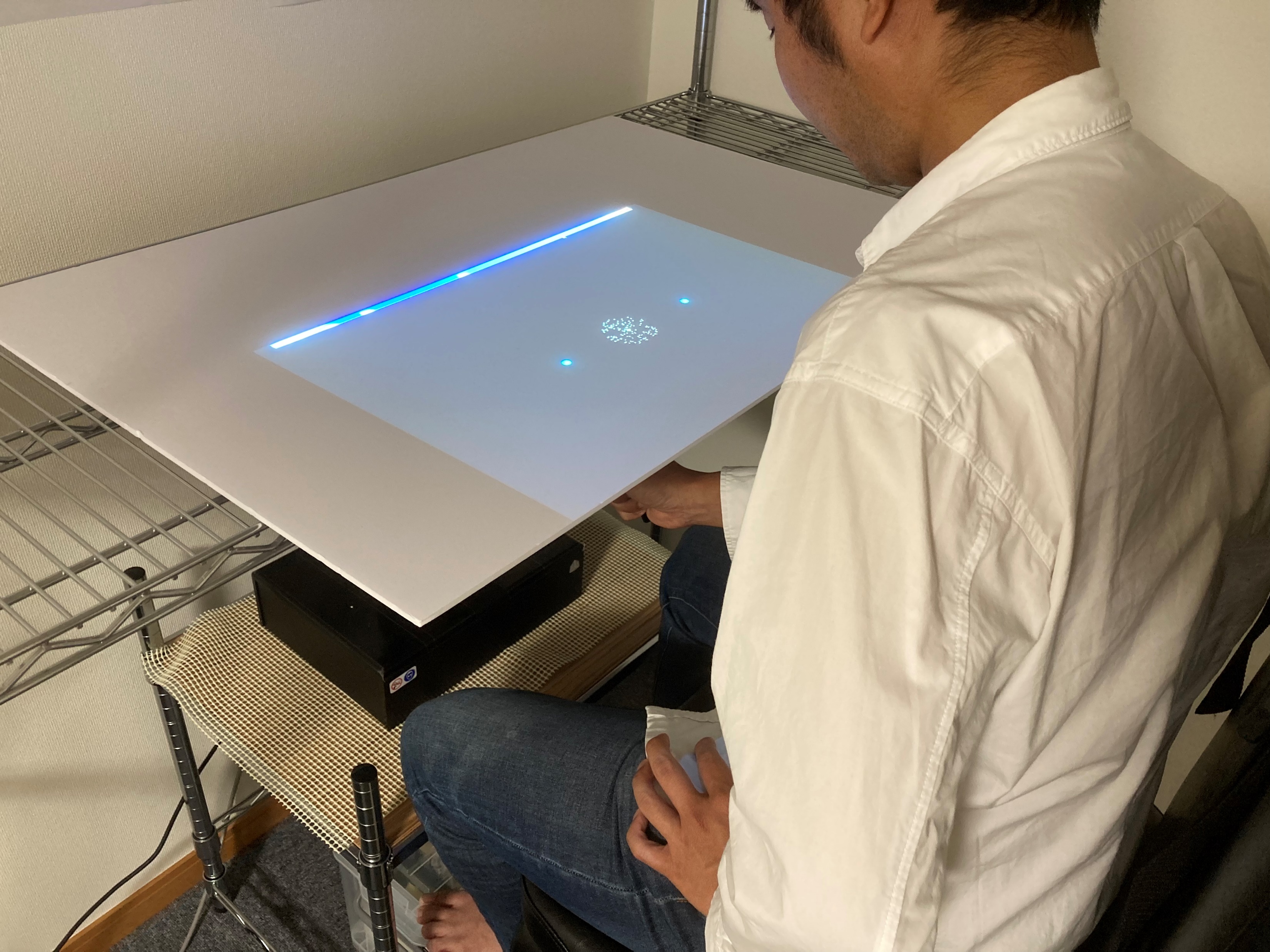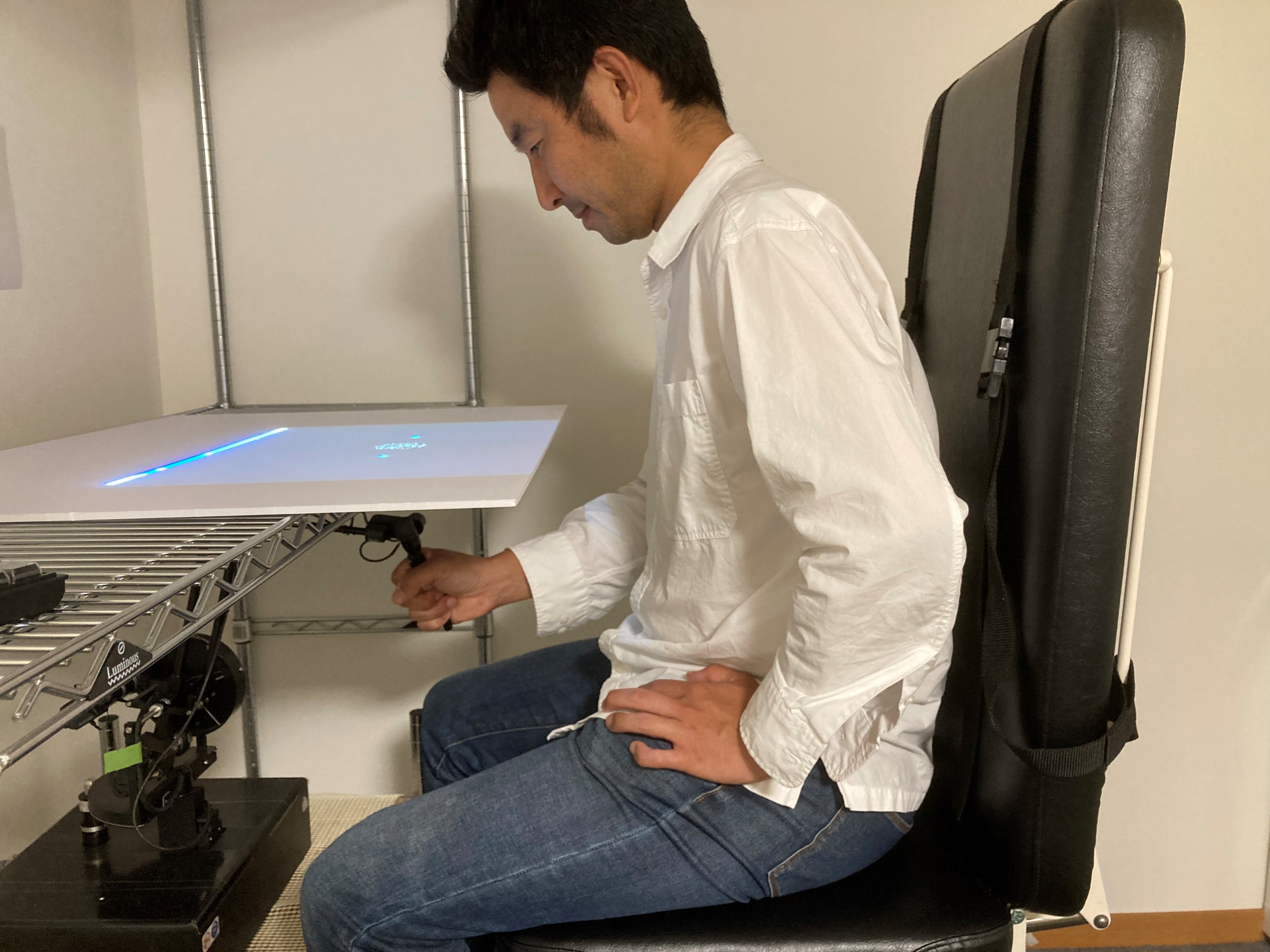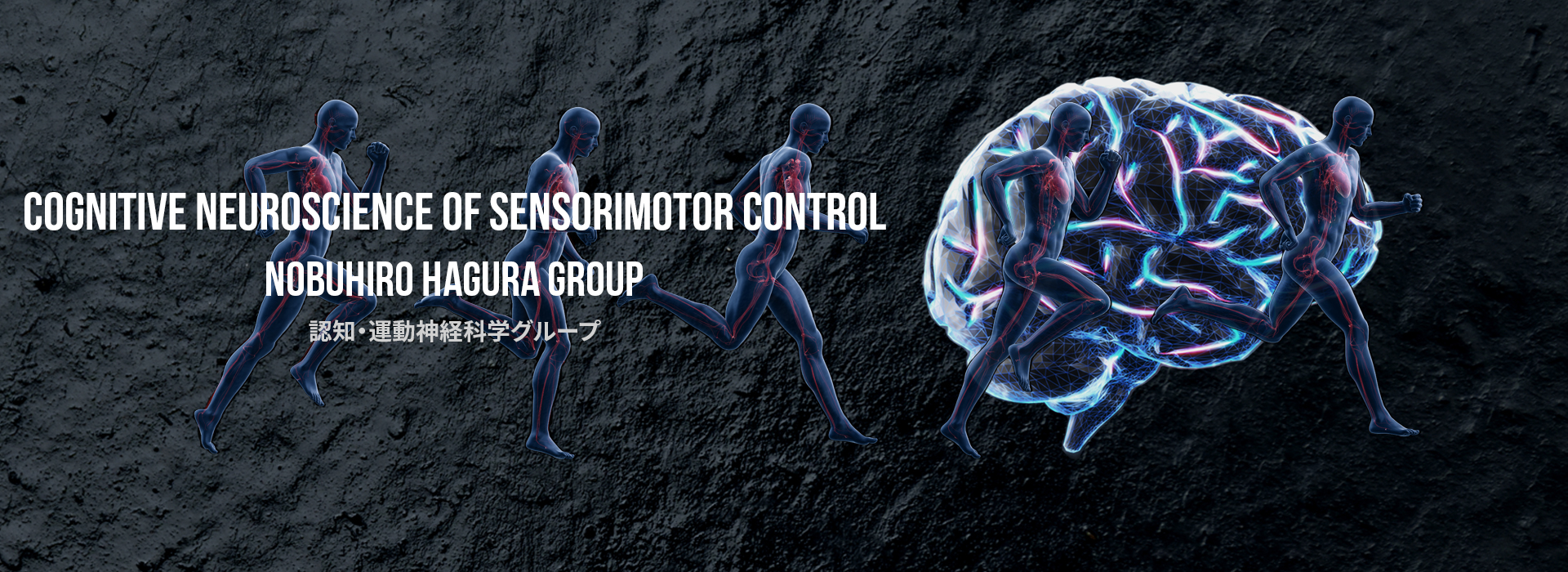Research
Studying action is not just relevant for athletes or those interested in muscle activity. Everyday actions—like reaching for a cup, tapping the screen of a smartphone or tablet, or moving your eyes toward the source of a sound—are all forms of action. In other words, action is how we connect to the world around us. The Hagura Group aims to study the human mind by exploring how we learn and control our bodies. We seek to understand how cognitive abilities, such as perception and decision-making, are grounded in and linked to the neural mechanisms that govern action control.
Below are the research themes we are currently exploring.
1. Context dependent motor learning and motor control
When you think of "learning" and "memory," you might imagine studying for an exam—learning the content of a textbook and recalling it accurately in the exam setting. Motor learning operates in a similar way. Practicing a new motor skill in sports creates a motor memory in the brain, and good performance depends on accurately recalling that memory in the context of a real match. Our group investigates the role of cognitive contexts in motor memory—a factor often overlooked in traditional motor control studies. We explore how motor memories are formed and recalled based on these contexts and examine the neural mechanisms that support these processes. Our findings could contribute to the development of more effective practice protocols for sports and rehabilitation programs.
- Ogasa K, Yokoi A, Okazawa G, Nishigaki M, Hirashima M, Hagura N*
Decision uncertainty as a context for motor memory. Nature Human Behaviour, 2024.
2. Cognition, Decision-making and motor control
Imagine isolating your brain from your body and placing it in a test tube. Would you still perceive the surrounding environment as you did before, even without your body? Many of our seemingly non-motor cognitive abilities are shaped by how the brain optimizes control of the body in its environment. We investigate how cognitive abilities—such as perception (visual, tactile, and time perception) and decision-making—are influenced and constrained by the brain’s control of the body in the physical world. Additionally, we examine the neural mechanisms underlying these interactions. These studies aim to inform the design of environments that minimize cognitive and physical effort, enhancing human performance and well-being.
- Hagura N*
Decision-making integrates motor costs during ongoing action. Journal of Neurophysiology. 2024. - Hagura N*, Haggard P, Diedrichsen J
Perceptual decisions are biased by the cost to act. eLife, 2017 - Hagura N*, Kanai R, Orgs G, Haggard P
Ready steady slow: action preparation slows the subjective passage of time.
Proceedings of the Royal Society B; Biological Sciences, 2012
3. Perception of the Human Body
Our brain identifies which part of the body has been touched by processing input from skin receptors. Similarly, it determines where your hand is moving by integrating information from muscle spindles and joint receptors. But how does the brain understand the shape and size of our body? How are we able to perceive our body shape without direct sensory information telling us so? We are interested in how the brain constructs and updates this internal memory of our body. This research could help us adaptively adjust the perceived shape and size of our body, for example, when remotely controlling robots. Additionally, we are fascinated by unusual sensations and illusions—such as those related to touch, pain, and temperature.
- Hagura N*, Barber H, Haggard P*
Food vibrations: Asian spice sets lips trembling. Proceedings of the Royal Society B; Biological Sciences., 2013. - Hagura N*, Hirose S, Matsumura M, Naito E
Am I seeing my hand? Visual appearance and knowledge of controllability both contribute to the visual capture of a person's own body. Proceedings of the Royal Society B; Biological Sciences., 2012 - Hagura N, Oouchida Y, Aramaki Y, Okada T, Matsumura M, Sadato N, Naito E. Visuokinesthetic perception of hand movement is mediated by cerebro-cerebellar interaction between the left cerebellum and right parietal cortex. Cerebral Cortex, 2009
- Hagura N, Takei T, Hirose S, Aramaki Y, Matsumura M, Sadato N, Naito E
Activity in the posterior parietal cortex mediates visual dominance over kinesthesia. The Journal of Neuroscience, 2007
Research Equipments
Manipulandum setup using Phantom for motor learning studies(Designed by Hirashima@CiNet)




